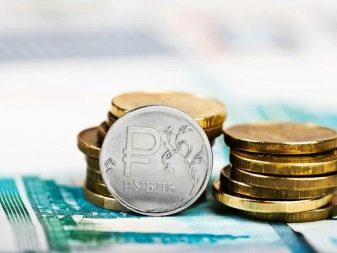All about the profession of a contact network electrician
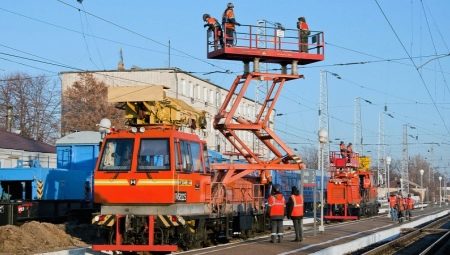
The electrical industry forms a number of areas of activity. They are important and relevant, but each has its own characteristics. It is useful for those wishing to connect their lives with electrical engineering to know everything about the profession of a contact network electrician.
Peculiarities
Like other electrical professions, the position of a catenary electrician is very dangerous. The risk is extremely high even when all communications are outwardly sound. Specialists will have to constantly be very careful and master a wide range of methods of protection against electric shock. But not everything depends on a person, all the more, it is impossible to exclude accidental mistakes in the work of other people. Therefore, it is imperative to be ready to provide assistance to other employees, to eliminate the consequences of electrical emergencies.
Since electrical equipment and communications are steadily improving, every 5 years or even more often it is necessary to undergo a general retraining. But the demand for electricians is very high, because even short power outages result in significant losses.
Important: along with the usual discharges, in this profession there is also a gradation according to tolerances up to 1000 V and over 1000 V. Work can be carried out both indoors and outdoors; Unlike ordinary electricians, overhead catenaries tend to work in teams rather than singly.
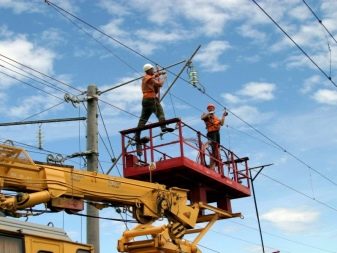
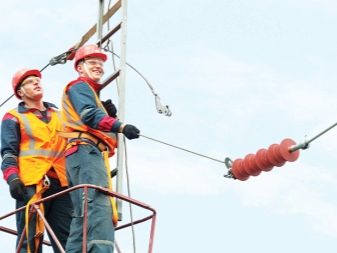
Duties and responsibilities
ETKS indicates that the electrician KS of the 2nd category:
- maintains and repairs the direct and alternating current contact network (under the supervision of more experienced specialists);
- dismantles the contact network, dismantles the reinforcement removed on the line;
- installs and removes the contact network on the railway;
- helps to install and dismantle substations;
- repairs tools and accessories;
- fixes portable grounding.
Fitters of the 3rd category can work not only with the support of the contact network, but also with independent supports. Work is sometimes carried out under tension, including with insulating rods. Specialists with such qualifications:
- inspect and repair the electric traction rail circuit;
- mount overhead lines;
- create a food infrastructure on the railway;
- work with a network on drawbridges;
- protect the work sites with special signals.

The 4th category allows you to independently mount and dismantle overhead contact devices using drawings and sketches. Specialists of this level are ready to draw up technical documentation on the work performed, if necessary - using automated workstations. They also take care of the technical maintenance of the transformer substations. Electricians of the 5th category overhead catenary must be ready to perform complex work. Included here are those that involve the use of repair trains, the participation of consolidated teams.
Such specialists can:
- supervise the maintenance and repair of the direct and alternating current contact network;
- participate in detours with the performance of horse diagnostics;
- coordinate work on contact networks in the most dangerous places;
- regulate adjustable devices on bridges.
Electricians of the 6th category overhead catenary have the right to bypass the network and draw conclusions about the condition of the overhead catenary. Bypasses should also be carried out in an extraordinary mode - in the event of difficult situations. Such specialists may already lead teams engaged in horse diagnostics. They break supports in new areas.
Also, a 6th grade specialist can supervise work on contact networks along the entire power supply distance.
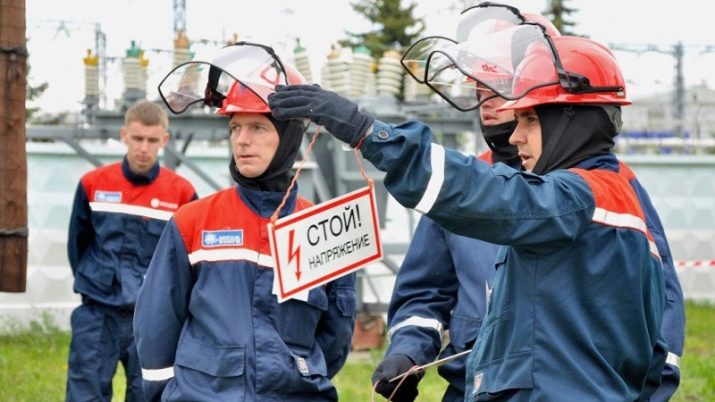
Tier 7 professionals can test all devices using portable and stationary diagnostic equipment. They have the right to carry out diagnostic examinations from the railcar. Another responsibility is the organization of maintenance and repairs on high-speed rail sections. An 8th grade electrician can already set up microprocessor-based diagnostic systems. He will decrypt the received data using a PC, and even carry out work in dangerous places in areas with high speeds.
The safety instructions are the same for any electrician of the contact network, regardless of the discharge. She indicates that only people with a duly assigned electrical safety group can start work. Before hiring, they are checked at a physical examination. An introductory briefing on labor protection, fire safety and first aid is required. You will also have to undergo instructions on safe methods and methods of performing work.
In progress:
- medical examinations are carried out annually;
- at least once every 3 months, they undergo repeated briefings on labor safety;
- once a year they master new safe methods and techniques of work;
- once a year they are tested according to a program approved by the company's administration;
- once a year, they update their knowledge of intersectoral labor protection standards when working on electrical installations;
- as needed, they undergo unscheduled targeted briefings.

Knowledge and skills
The important points are:
- accuracy;
- high level of discipline;
- perfect attention;
- fast reaction;
- knowledge of building and design codes;
- load calculation;
- knowledge of repair rules, reading and preparation of diagrams;
- the ability to mount, set up and operate equipment, networks;
- ability to control equipment operation.
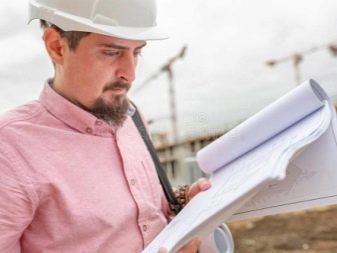
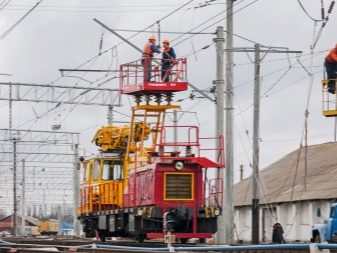
Education
Professional training for electricians is conducted in:
- Petersburg metro college;
- Novosibirsk College of Transport Technologies and its Barabinsk branch;
- educational center "PromResource";
- ANO DPO "Complex training center for retraining of personnel";
- SRO "StroyBusinessConsult".
Place of work
On average in Russia, the salary of electricians for contact networks is 42,000 rubles. The maximum is about 204 thousand. Almost all of them work for Russian Railways (on the railroad). V in our country, there are at least 9,500 such specialists.
Important: all such professionals work outdoors.
